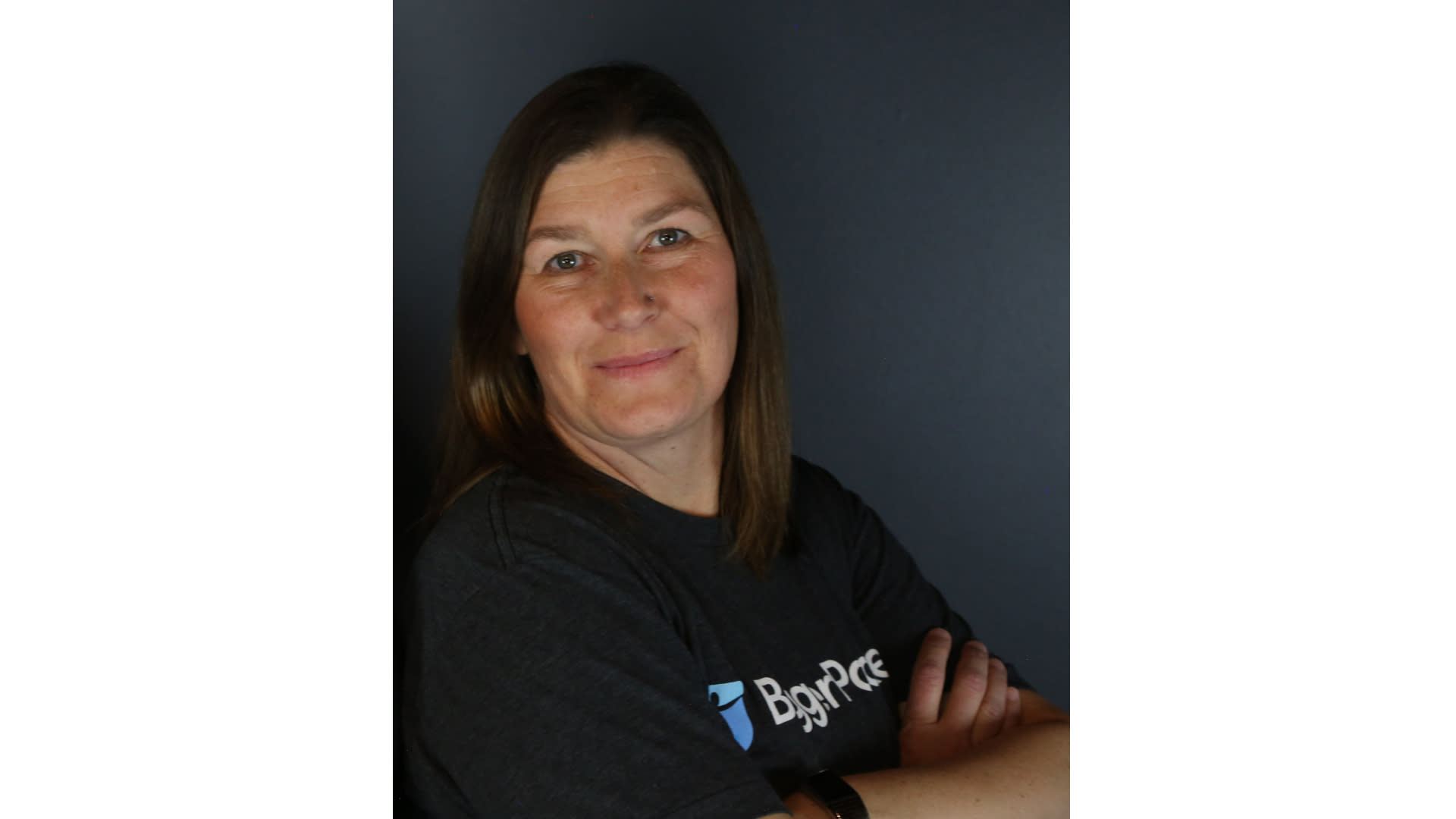House Hunting: Is This Price Right?

The strategy is to create something of a blind auction where buyers try to puzzle out a number that the sellers’ will actually accept and a number that’s higher than all the other offers. It’s a local quirk that everyone seems to acknowledge is just the way that things are done here.
Jodi Nishimura, a Compass agent based in Oakland, said she was surprised when she moved to the area from New York in 2002 and saw how listings were priced lower than their worth, usually around 10 percent less at that time. “It wasn’t common to see homes go for 50 percent over the listing,” she said. The Covid housing boom has made things worse, she said, with certain homes — particularly ones with great outdoor space — selling for huge premiums, well above their listed prices.
Buyers tend to loathe the underpricing — describing it as everything from “a sick game” to “bizarre.” But brokers say it works well for sellers. “Sellers want to keep the bidding war blind,” said Mr. Stea, who had the Rockridge house that sold for more than $1 million over asking. “But it disfavors buyers because they’re shooting in the dark.”
D.J. Grubb, president of the Grubb Company, a local brokerage, also attributed the extreme discrepancy between list prices and sale prices to a fast-moving market where home values have climbed quickly, making it tricky to accurately figure out the value of homes.
Agents in the area use a classic “merchandising strategy,” but take it to an extreme, says Mr. Grubb. Instead of using the retail trick of pricing a $1 million product at $999,000, agents in the area typically advise sellers to price a $1 million home to capture buyers shopping in the $750,000 price range, which means a list price of $749,000. That way, multiple offers will come in with the winning bid typically around $1 million. If enough offers come in, one might come in at $1.2 million — maybe from someone willing to pay a premium to put an end their exhausting housing search, or someone who assumes home values will soon rise to meet what they’ve paid.
When Katy Anderson bought her Upper Rockridge home about 10 years ago, she and her husband remodeled it from top to bottom, including removing a swimming pool to create a large, flat lawn her children used as a soccer field. Ms. Anderson said they were ready to “cash out” and buy a fixer upper in Orinda, a nearby suburb, and pocket some of the equity as a financial cushion.
Ms. Anderson, who is also a real estate agent with Compass, paid $786,000 for the home a decade ago and spent about $500,000 on the remodel. She thought they might be able to get above $2 million for the 3,000-square-foot home — then she saw a neighboring home sell for $2.6 million.




